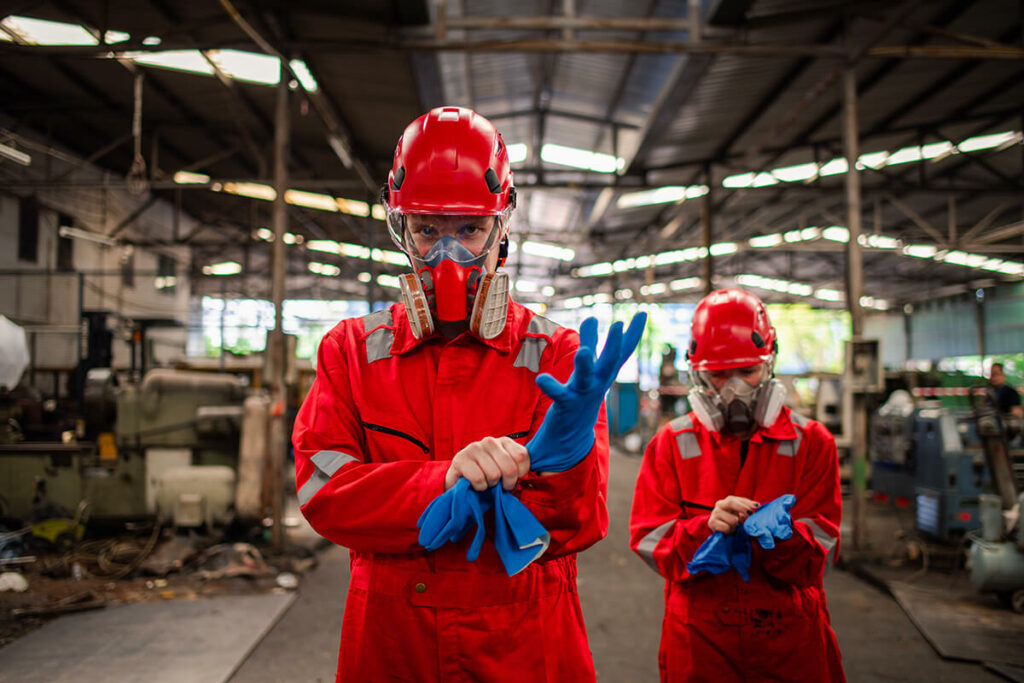The Internet of Things (IoT) is reshaping how industrial operators monitor and maintain technical assets. In ATEX-classified zones, connected devices that provide continuous data collection offer significant value: they reduce human intervention and enable early fault detection. But operating in such highly constrained environments brings a triple challenge — maintaining consistent data transmission, protecting information from both technical failures and cyber threats, and ensuring strategic control over data flows in line with industrial sovereignty goals.

What risks do IoT data face in ATEX environments?
While ATEX-certified sensors meet strict physical safety standards, the data streams they generate remain exposed to various risks. Electromagnetic interference or signal loss can corrupt or disrupt transmissions. Limited access to on-site industrial equipment can delay diagnostics in the event of network disruptions. At the same time, the growing number of connected devices increases the potential attack surface for targeted cyber threats.
Choosing the right protocol: LoRaWAN, NB-IoT and beyond
Communication protocols are central to the reliability of any IoT setup in ATEX environments. LoRaWAN is often favored for its long range and low power consumption. Alternatives like NB-IoT may be better suited to specific use cases.
Securing these transmissions requires several protective layers: end-to-end encryption, device authentication, message integrity verification, and continuous network monitoring. The selection of the right protocol and network topology (e.g., star vs. mesh) must take into account both the nature of the data and the physical constraints of the ATEX zone.
Cybersecurity: A non-negotiable for industrial IoT
In critical environments, IoT systems must integrate with the industrial information system (IS) without introducing vulnerabilities. Every sensor or gateway is a potential attack surface. That’s why cybersecurity needs to be addressed from day one.
This means enforcing secure firmware updates, controlling user access, isolating IoT networks from production systems, and complying with relevant standards (GDPR, ISO/IEC 62443, and guidelines from ANSSI (France) or the relevant national cybersecurity agency, etc.). Penetration testing and regular audits are no longer optional — they’re essential safeguards.

Industrial sovereignty starts with smart IoT choices
Beyond cybersecurity, industrial sovereignty is becoming a core concern. The technologies, cloud platforms, and vendors you choose directly impact your control over critical data. Choosing European-made sensors, sovereign cloud hosting, or local IT infrastructure solutions helps reduce dependency on non-European providers and strengthens control over your tech stack.
In ATEX environments — where data is especially sensitive and tied to core processes — sovereignty plays a key role in the broader security of operations
Building resilient IoT architectures in hazardous zones
In environments where each intervention is costly and risky, IoT systems must be designed for high autonomy and resilience. That includes redundancy (e.g., duplicate sensors, local backups), alerts in case of connectivity loss, and real-time network monitoring. Your IoT platform should allow intuitive data visualization and centralized management of anomalies.
Best practices for reliable ATEX IoT projects
To ensure reliable, secure, and sovereign IoT deployments in ATEX zones, adopt a design-first, integrated approach:
- Select only fully ATEX-certified sensors and devices
- Choose local or sovereign hosting for cloud platforms
- Test network performance in real conditions before full deployment
- Set up active supervision and a software maintenance plan
- Train teams in cybersecurity and data governance best practices
Conclusion: reliable data is the foundation of smart industry
In ATEX environments, the reliability of IoT-collected data is key to enabling predictive maintenance, remote monitoring, and regulatory compliance. But these benefits only materialize if your IoT infrastructure is secure, resilient, and under your control. Securing IoT data flows means safeguarding production, ensuring safety, and retaining strategic control over your operations..
Want to Go Further?
Interested in evaluating the robustness of your IoT architecture in ATEX zones?
Contact our experts to audit the security of your connected systems and receive customized support for your industrial deployments.
